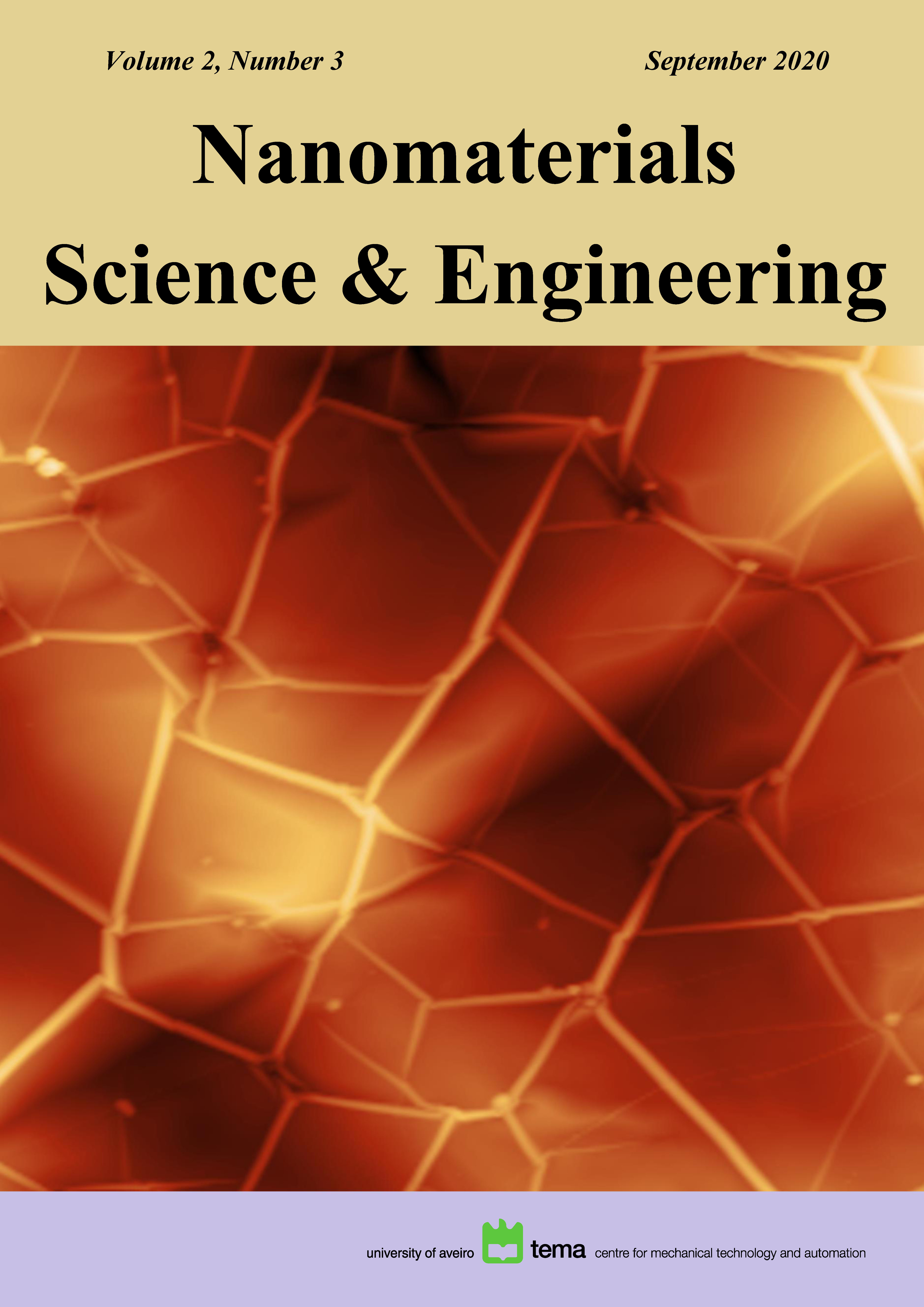Improvement of active layers homogeneity for the MEA’s (Membrane Electrode Assembly) of PEMFC (Proton Exchange Membrane Fuel Cell): impact of the ink quality formulation
Abstract
This study focuses on the improvement of active layers for PEMFC (Proton Exchange Membrane Fuel Cell) fuel cells. These active layers (anode and cathode) constitute the core of the cell where chemical reactions take place. The goal is to improve the performance and durability of these cells by working on these layers. Some research has shown the impact of homogeneity of active layer on fuel cell performance by working on printing processes. In our case, the aim was to obtain homogeneous active layer after coating deposition process by studying the formulation of the ink: the order of introduction of components and the dispersion processes. Several ink dispersion processes stood out, including a planetary mixer that gave satisfactory results in terms of particle size and deposit homogeneity. Moreover, the order of introduction of the components during the ink formulation seem to have an impact onto rheological parameter and also onto particles size.
Copyright (c) 2020 Nanomaterials Science & Engineering

This work is licensed under a Creative Commons Attribution-NonCommercial 4.0 International License.
Copyright Information
Authors who publish in the Nanomaterials Science & Engineering agree to the following terms:
- Authors retain copyright and grant the journal right of first publication with the work simultaneously licensed under a Creative Commons Attribution License that allows others to share the work with an acknowledgement of the work's authorship and initial publication in this journal.
- Authors are able to enter into separate, additional contractual arrangements for the non-exclusive distribution of the journal's published version of the work (e.g., post it to an institutional repository or publish it in a book), with an acknowledgement of its initial publication in this journal.
- Authors are permitted and encouraged to post their work online (e.g., in institutional repositories or on their website) after publication, as it can lead to productive exchanges, as well as earlier and greater citation of published work.
Copyrights to illustrations published in the journal remain with their current copyright holders.
It is the author's responsibility to obtain permission to quote from copyright sources.
Any fees required to obtain illustrations or to secure copyright permissions are the responsibility of authors.





